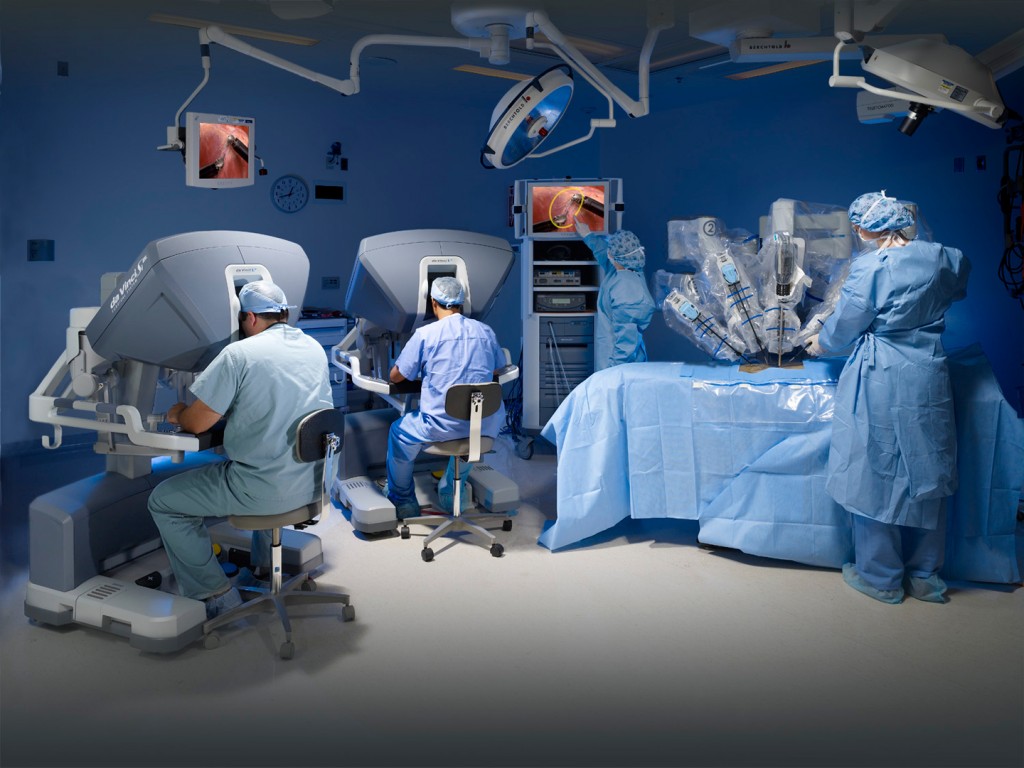The world today seems to be all about efficiency and so the use of two physicians for a busy urology practice is considered inefficient when compared to the use of a physician and an advanced practice provider (APP) such as a clinical nurse specialist (CNS), a nurse practitioner (NP), or a physician assistant (PA). But over and above these human specialists, hospitals are increasingly using robots to provide surgeons with an extra hand they need in surgery rooms. IndustryTap recently reported on the da Vinci robot that is currently carrying out over 250,000 surgeries a year.
Things have not yet reached the point where a human surgeon can be eliminated. When a robot goes into a room with the patient, a doctor must be monitoring progress in case a switch to manual surgery is required. And in some instances doctors control the procedure and the movement of robotic arms remotely from a workstation outside the operating room or even in another part of the world.
Removing Human Error from Surgical Procedures
The professed purpose of surgical robots is to remove human error which is far more common than most people think. The secondary purpose is to make more money. With more than 45,000 soft-tissue surgeries yearly in the United States, one robot replaces the work of 3 to 4 surgical staff members including surgeons and surgical assistants.
Many hospitals in major centers in the US have surgical robots, but autonomous robots are not yet in every operating room. And some hospitals have robot operating rooms with multiple robots installed.
Today’s top robotic surgery companies include Intuitive Surgical, Inc. (ISGR), Mazor Robotics Ltd., (MZOR), Hansen Medical, Inc. (HNSN), and Accuracy Incorporated (ARAY).







